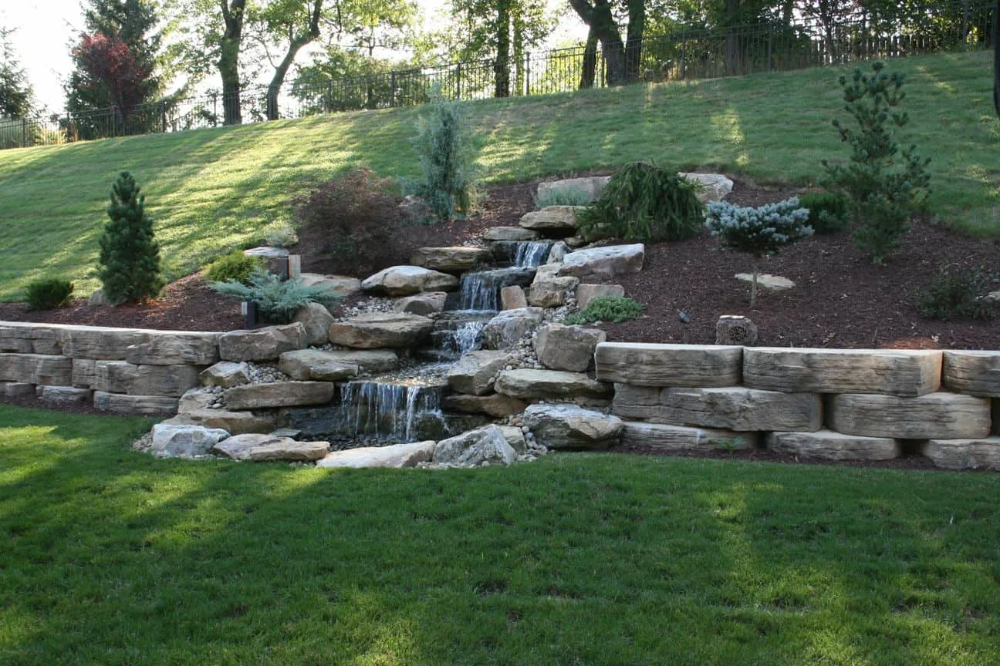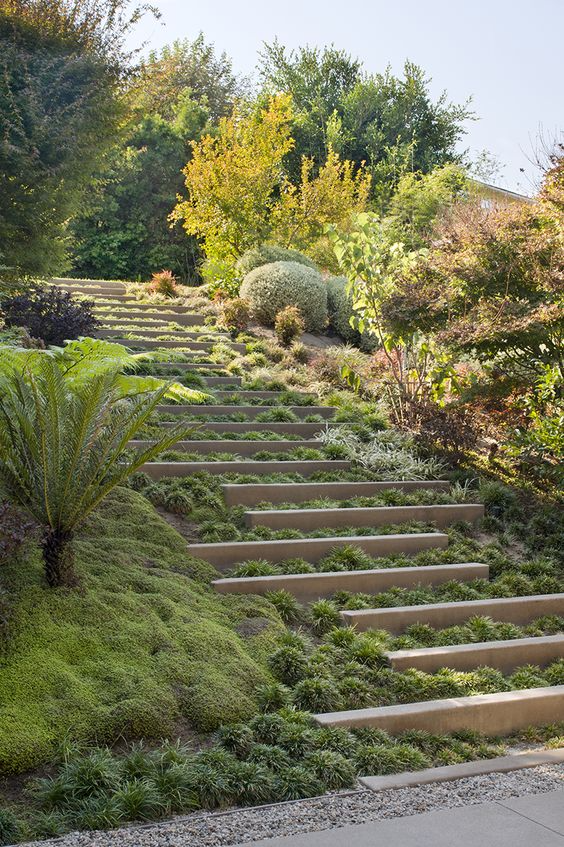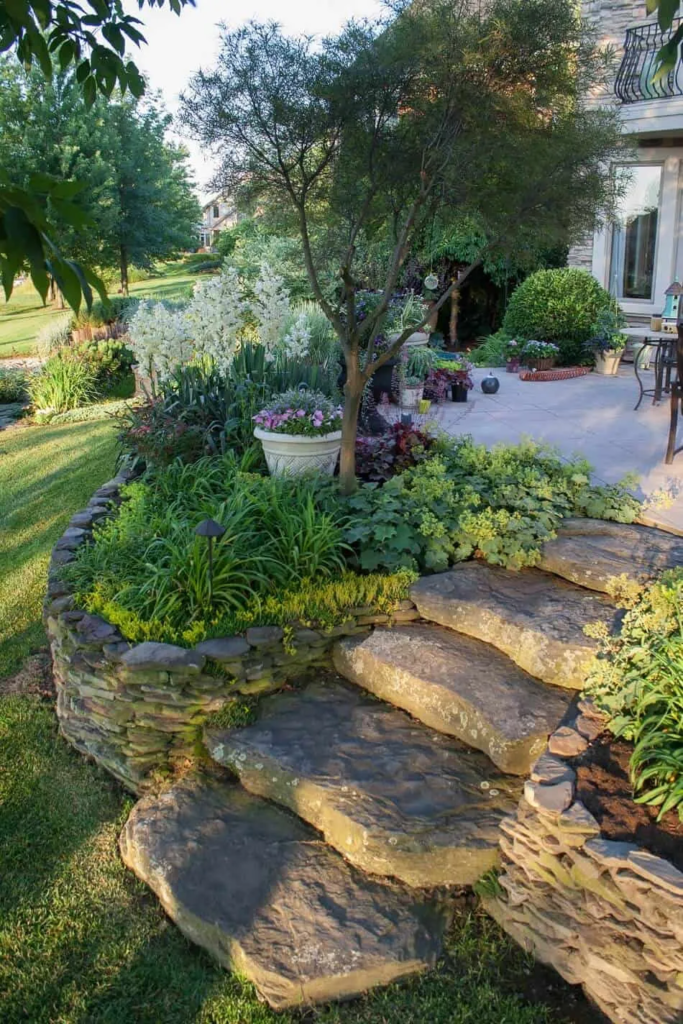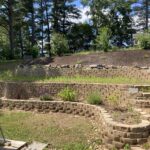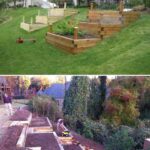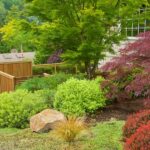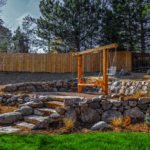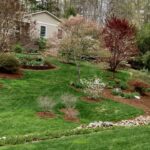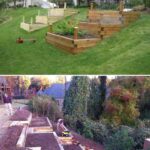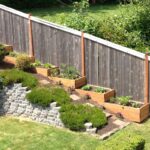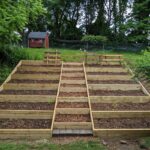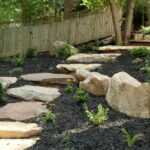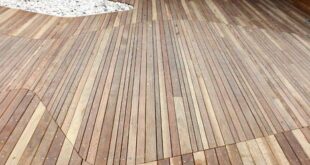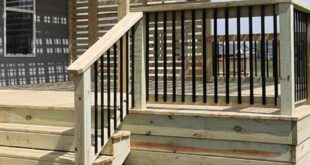Sloped backyard landscaping can present unique challenges, but with proper planning and creativity, it can be transformed into a stunning outdoor space. One of the key considerations when landscaping a sloped backyard is drainage. Water runoff can erode the soil on a slope, so it is important to incorporate features such as retaining walls, terracing, and drainage ditches to redirect water and prevent erosion.
Retaining walls are a common and effective solution for sloped backyard landscaping. They can help create level areas for planting beds, seating areas, or even a small patio. Retaining walls can be constructed from a variety of materials, such as wood, stone, or concrete, and can be customized to suit the aesthetic of the space. By adding plants and shrubs to the top of the retaining wall, you can soften the look and integrate it into the overall landscape design.
Terracing is another popular technique for landscaping a sloped backyard. By creating multiple level areas, you can maximize the usable space in your yard and create a visually interesting layout. Terraced plant beds can be used to showcase a variety of plants and flowers, creating a beautiful and vibrant garden. Additionally, terracing can help with erosion control by slowing down water runoff and allowing it to seep into the soil more gradually.
Incorporating pathways and stairs into your sloped backyard landscaping can help connect different areas of the yard and make it easier to navigate the space. Pathways can be made from a variety of materials, such as gravel, stone pavers, or even wood chips, and can be designed to blend seamlessly with the surrounding landscape. Stairs can be built from the same materials as the retaining walls or can be made from timber, concrete, or metal for a more modern look.
When selecting plants for a sloped backyard, it is important to choose species that are well-suited to the slope’s conditions. Plants with deep root systems are ideal for stabilizing soil on a slope and preventing erosion. Ground covers, such as creeping thyme or sedum, can also be used to help hold soil in place and add visual interest to the landscape. Additionally, consider planting native species that are adapted to the local climate and soil conditions, as they will generally require less maintenance and watering.
Overall, landscaping a sloped backyard can be a challenging but rewarding project. By incorporating features such as retaining walls, terracing, pathways, stairs, and carefully-selected plants, you can create a beautiful and functional outdoor space that maximizes the potential of your sloped yard. With proper planning and attention to detail, you can transform your sloped backyard into a stunning oasis that you and your family can enjoy for years to come.
 yishifashion Where Outdoor Dreams Become Reality
yishifashion Where Outdoor Dreams Become Reality
